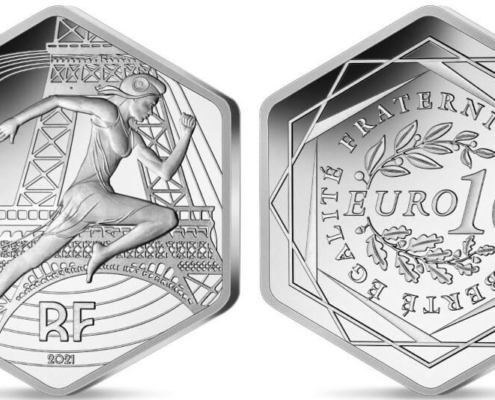Archive: People and Markets
PMG Grading On-site Service at the HKINF
NGC Hong Kong will accept PMG on-site grading submissions and will offer free paper money evaluations at the Hong Kong International Numismatic Fair (HKINF), on December 11-13, 2023.
Call for Papers: AIA Annual Meeting 2025
The Numismatics Interest Group of the Archaeological Institute of America invites abstracts on ancient coins and archaeology for the AIA Annual meeting 2025. They can be submitted until 28th February 2024.
Archive: Coins, Medals and more

The French Marianne I: Marianne as a Representative of the French People – Part 2
Marianne represents France as a female national allegory. Gabriele Sturm explores how she is depicted on French coins. Part 2 deals with the period of the 4th and 5th Republics, taking us to the present.

A Discovery From Jülich-Berg
New coin varieties are not so uncommon, but a new denomination really is. Joachim Stollhoff has found a 6 Albus light of the Duchy of Jülich-Berg minted in 1640. The coin will be offered in the forthcoming auction of Münzen & Medaillen GmbH.










Daniel Frank Sedwick, LCC
Daniel Frank Sedwick, LCC⸱ Auction 35⸱ 7-9 May 2024 ⸱ US-Winter Park
The Daniel Frank Sedwick Auction 35 contains a wide variety of rare, historical, and even unique coins, currency, and artifacts, including shipwreck coins and gold and silver cobs.
Solomon Islands New Banknote released in celebration of the XVII Pacific Games
The Central Bank of the Solomon Islands released new $10 commemorative banknotes to commemorate the XVII Pacific Games that the island country will hosting for the first time this year. The new banknote is expected to be widely circulated for use throughout the Solomon Islands.